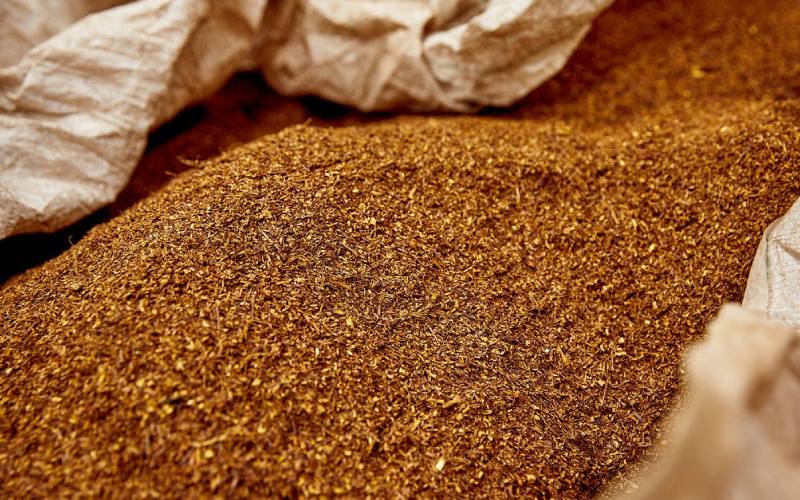- richard@klipopmekaar.co.za
- Certified organic rooibos
- Direct from the farm
The History of Rooibos Tea
The history of the rooibos plant and how it came to become known as a natural herbal tea is a fascinating journey through the ages. Come with us on that journey, as we share the history of this humble but health-giving plant.
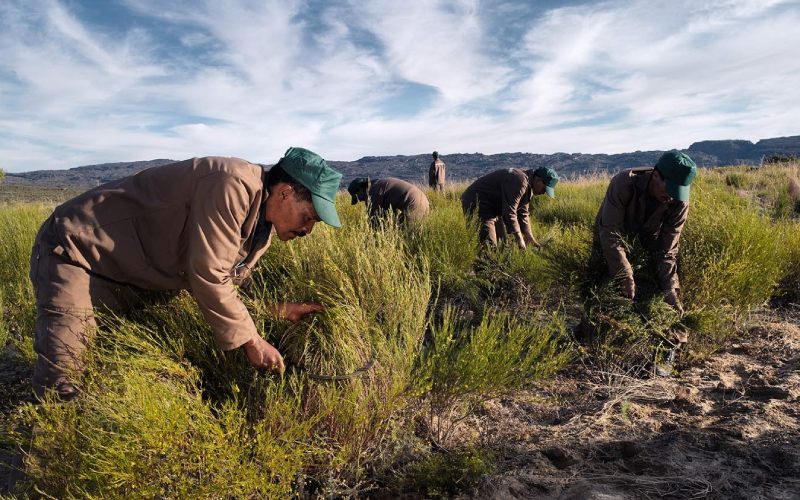
Table of Contents
- What is Rooibos tea?
- A brief overview of the history of rooibos
- Some facts about the rooibos plant
- Who were the first producers of rooibos tea?
- How was Rooibos produced historically?
- What does modern-day rooibos production involve?
- What are the different types of rooibos tea & their benefits?
- The rooibos industry historically vs the modern-day rooibos marketplace
- What does the future of Rooibos tea look like?
- Find a supplier of premium-grade, organic rooibos.
What is Rooibos tea?
The deep amber-red drink known as rooibos tea is processed from the rooibos plant which is endemic to the Western Cape and Northern Cape provinces of South Africa, which provide the perfect growing conditions and climate for it to thrive. And whilst it’s a staple for the domestic market, internationally rooibos is somewhat less well known – though this is changing rapidly as health-conscious tea lovers the world over discover its taste and health benefits.
The name rooibos is derived from Afrikaans and directly translates to “red bush”, and this refers to the mature rooibos plant’s rich red-brown leaves at the end of a hot summer in its native range . And though it’s true you can find green rooibos tea today (and at Klipopmekaar we do prepare a portion of each year’s crop as green rooibos for some of our clients), it’s far less commonly processed than traditional red rooibos tea. To find out more about the different types of rooibos tea, take a look at our Rooibos Tea And Its Benefits article.
The word “rooibos” is a common noun in South Africa, and benefits from geographical indication protection in Europe, thus preserving its endemic cultivation in the Western Cape and Northern Cape regions.
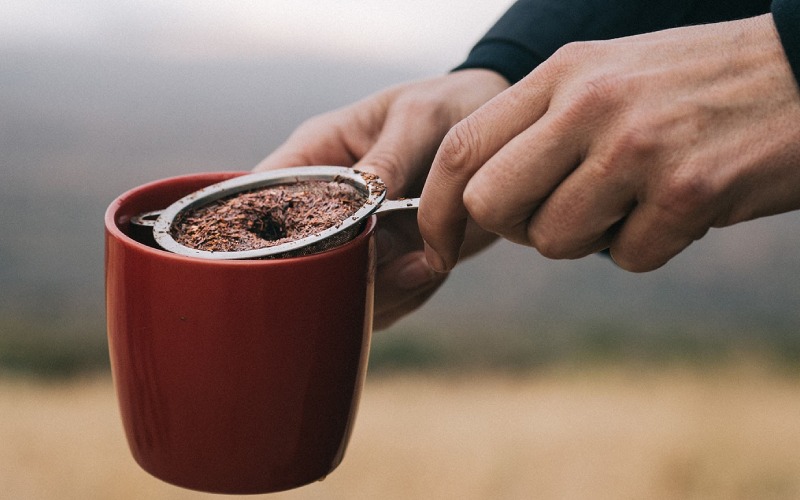
A brief overview of the history of rooibos
The recorded history of rooibos begins over 300 years ago when the rooibos plant was noted by European explorers as being used by the Khoisan people.
Rooibos tea is a herbal tea derived from Aspalathus linearis, a plant species endemic to the Western Cape area of South Africa. It is commercially cultivated, although the crop plant has not been truly domesticated.
Statements that rooibos tea is a traditional drink of Khoi-descended people of the Cederberg are correct but it has not been possible to trace this tradition further back than the last quarter of the 19th century.
Unfortunately, there are no earlier ethnobotanical records of rooibos and no Khoi or San vernacular names have ever been recorded for it. All the common denominations of the Aspalathus linearis that have been established to date are of Afrikaans, Dutch or English origin. These are rooibos, naaldtee, swarttee, koopmanstee, bossiestee and bush tea.
Gorelik in Rooibos: An Ethnographic Perspective (2017) examined all available data on rooibos and concluded that no record has so far been found to support the idea that the indigenous people made tea from rooibos. He distinguishes between knowing a plant, knowing its uses and the method of using it.

The manner in which the wild rooibos plants, growing naturally high up in the Cederberg mountains, were harvested for their leaves and processed by the local people was noted in 1772 by botanist Carl Thunberg. From Thunberg’s account, interest in rooibos and its popularity grew. While the Khoisan people produced tea from the leaves of rooibos, it was nothing like today’s known and loved rooibos tea.
It was a combination of the knowledge of the locals and the settlers in the area that led to the tea we know today. The locals knew all about the rooibos plant and the settlers were able to apply knowledge of traditional tea production processes from Asian tea such as bruising of leaves and oxidation.
In essence, locals were able to share their knowledge of the uses for rooibos with settlers providing early production practices, but it was still a period of many years before the dawn of the modern rooibos tea industry with fully formed production processes.
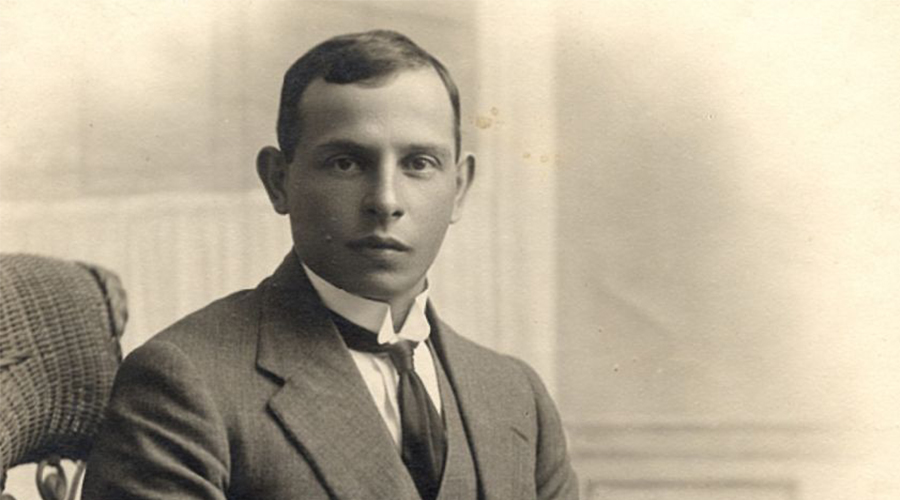
The industry came into existence during the 1900s and picked up traction at the turn of the 20th century thanks to the initiative of the Ginsberg family, who are the founders of the oldest brand in the rooibos tea industry.
In 1904 a Russian immigrant, Benjamin Ginsberg, invented the rooibos tea curing (or ‘sweating’ or fermentation) process used today, after much experimentation. Ginsberg had manufacturing connections in the tea industry and began to sell and market the drink as a herbal alternative to traditional tea, calling it ‘Mountain Tea’. He achieved great success, and by the 1920s high demand led to problems with supply as farming rooibos had not yet been achieved.

The next hurdle with farming rooibos was the germination of seeds which had proved impossible. Dr Pieter Lafras Nortier, a doctor, naturalist, and business partner of Ginsberg, discovered that rooibos could be germinated by scarification of the seed outer coat through grinding, and planting of scarified seeds in an acidic, sandy soil.
Nortier, and his farm Klein Kliphuis (a close neighbour to Klipopmekaar in the heart of the Cederberg mountain range) also played a vital role in cultivating rooibos in the 1930s when he developed a strain of rooibos, making it a viable farming venture. His discoveries earned him an honorary doctorate from the University of Stellenbosch in 1948 for his valuable contribution to South African agriculture. He was also integral in the early ‘know-how’ when it came down to the crafting of rooibos tea, developing early production methods and assisting in creating the framework for rooibos’ value chain.
Today, rooibos tea is an economic mainstay of the town of Clanwilliam and, despite an unsuccessful effort by an American company to trademark the name, the term rooibos still effectively belongs to the South African rooibos industry and is protected by global intellectual property laws and conventions.
Rooibos honours the Khoisan people, indigenous to South Africa, with the industry contributing 1.5% of the farm gate price as per the 2019 agreement between the between South Africa’s environment minister, the National Khoisan Council, the San Council of South Africa and the South African Rooibos Council. To find out more about this landmark agreement, take a look at our article found here.
The rooibos industry today is thriving with local sales volumes and exports equivalent to 5,6 billion cups of tea and shows promise for domestic and international growth from this proudly South African product.
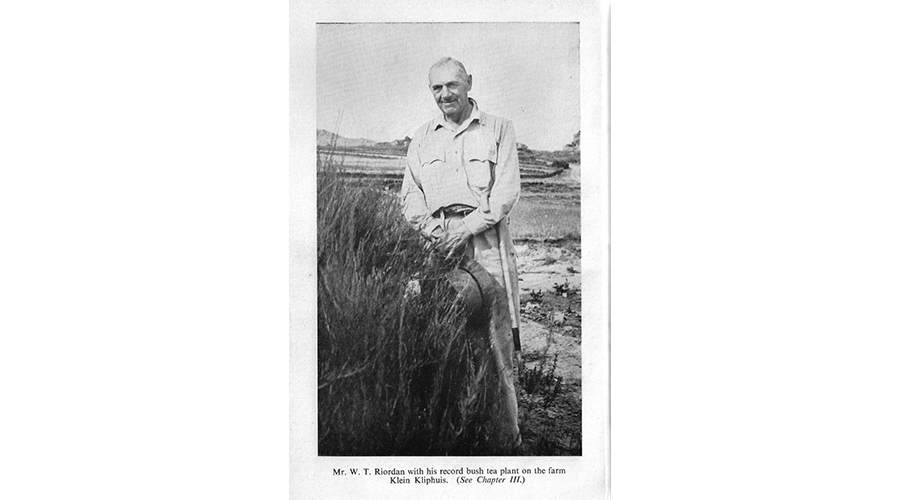
Some facts about the rooibos plant
Rooibos is part of the Fabaceae plant family and is one of the 278 species of the Aspalathus genus. The latter part of its name, ‘linearis,’ refers to the plant’s needle-like leaves.
The rooibos plant is known for its very specific growing conditions and requires a Mediterranean climate for healthy growth including hot, dry summers and icy cold winters. Rainfall should also range from 200mm to 450mm per year.
Its taproots extend to around 2m beneath the ground. Above the surface, the rooibos plant exhibits a short, bushy stature and will reach approximately 1 metre in height.
The lifespan of a rooibos plant can span up to a lifespan of 6 years, and the ability to provide an average of 4 crops to growers in the Cederberg.
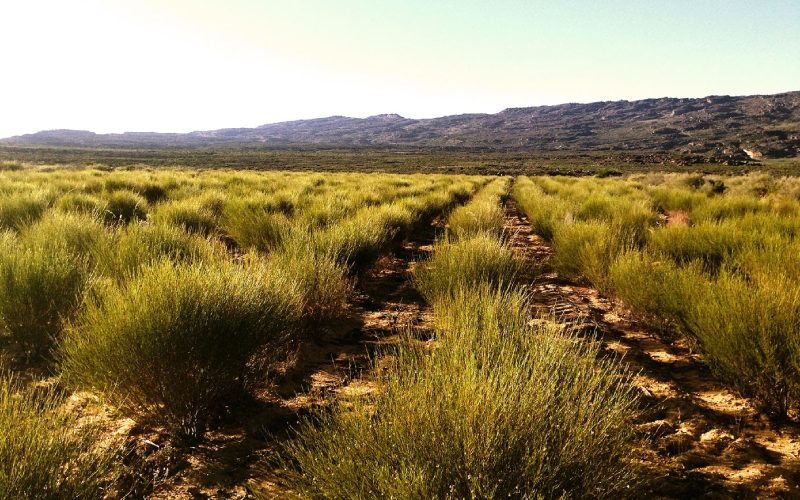
Who were the first producers of rooibos tea?
The Khoisan people had the first knowledge of the rooibos plant but there is little evidence to suggest that they produced rooibos or used it to provide specific health benefits.
Carl Thunberg, a European botanist documented the plant in 1772, realising its delicious taste, warm, woody aroma, and variety of health benefits. When European settlers arrived in the Cape, they enjoyed rooibos as a cheaper alternative to black teas imported from the East.
Later on, a Russian immigrant, Benjamin Ginsberg and his father produced rooibos on their farm in the Cederberg, marketing it as Mountain Tea, and began to further commercialise rooibos tea as a product.
Today the rooibos market is significantly larger. There are over 300 commercial farmers, 150 small scale farmers and around 80 Tea courts (on farms and in villages) with 11 processors of rooibos tea and extracts in the domestic market.
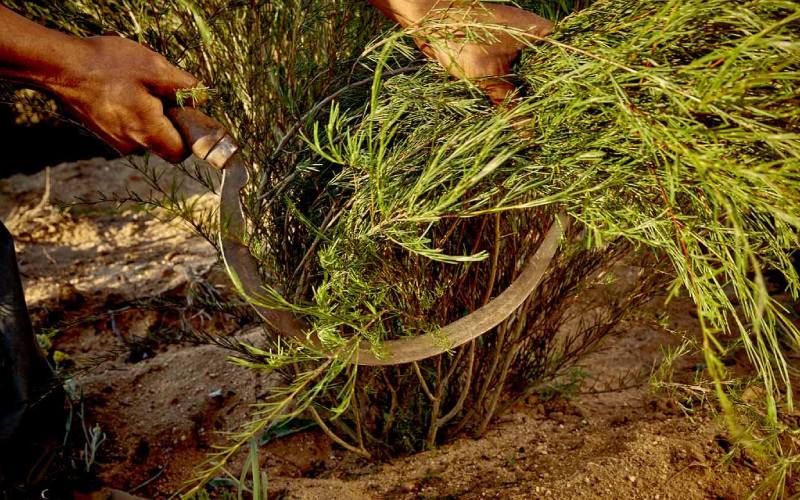
How was Rooibos produced historically?
Rooibos grew wild in parts of the Western and Northern Cape in precolonial times, but the cultivation and production of rooibos came into the fore at the end of the 19th century when it was learnt how to scarify seeds.
Although the areas of cultivation haven’t changed, the original production methods were slightly different but are still involved in the way we cultivate authentic rooibos today.
In the early years of rooibos production, from the 1900s until around the 1960s, harvesting made use of knives and sickles. Knife harvesting has fallen away, but sickle harvesting continues to be used today by the majority of rooibos farmers. The reason for this is that it is the most effective manner in which to cut the right-size branches and leaves of the plant, without any damage that might endanger successive years’ harvests.
Early processing consisted of the sheaves of harvested tea being laid out on a flat surface and cut it into small pieces by means of hand axes, with handles made from hard, durable wood. “You put your left hand on the branches, grabbed the axe with your right hand and started chopping”, recalls 80-year-old Johannes Ockhuis of Heuningvlei (an area located near to Wupperthal, one of the early rooibos cultivation regions). “The pieces had to be short enough to fit into a sack. It wasn’t a work for a couple of hours. You chopped all day.”
Afterwards, the pieces were crushed with heavy wooden poles or mallets (mokers), like the one on display at Clanwilliam Museum shown below. In the evening, batches of rooibos were moistened, and then covered or rolled up in sackcloth in order to let the tea ‘sweat’ (oxidise) overnight.
“In the morning,” continues Ockhuis, “…you checked if the tea had turned brown. If you saw many green bits, you covered it again and let it sweat some more. Then, you removed the sacking and left the tea to dry under the sun.”
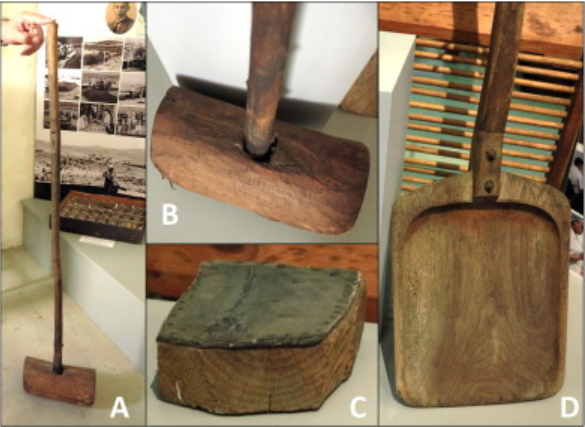
On the following day, two people heaped the rooibos into a large sieve and swung it to and fro, until all the leaves slipped through and only the ‘sticks’ remained. The leaves would then be packed into sacks and delivered to the shop. When the picker reached the shop – with a bag of rooibos on his shoulder or across the donkey’s back – the tradesman would weigh it, give him the price and re-grade and re-sift the rooibos if necessary.
There is some mention in various reports based on literature and personal communications that in the early days of rooibos the quality was sometimes very poor. Before commercialisation started, locals would not serve rooibos to visitors if they had black tea, as rooibos at the time was thought to not be appropriate as it was considered too ‘common’ for special guests.
Benjamin Ginsberg ran his own experiments placing ‘bruised’‟ leaves in barrels to perfect the curing or fermentation of the tea, based on the Chinese curing techniques. The technique used in the first tea estates in India was adopted for rooibos, and leaves were placed in heaps to increase internal heat. This technique was recorded in several English tea manufacturing books which were published in the last decades of the 19th century and onwards.
What does modern-day rooibos production involve?
There are numerous rooibos producers found in the Western and Northern Cape provinces of South Africa, and there may be subtle variations, but to provide a thorough insight into how rooibos is produced at our farm, the below info provides you with an insight into our specific approach to rooibos production.
In late January each year, the seed is organically germinated and planted in our nursery. Following four months of attentive nurturing, and as winter rains get underway and the temperatures drop, a few million small organic seedlings are transplanted into our fields each year using planting machines, and by hand.
At Klipopmekaar we have a no-till approach and develop non-invasive furrows in our fields for our rooibos seeds to form strong healthy roots. We find this is the best way to ensure a healthy young crop, whilst others may approach their planting method differently.
Towards the end of the year, December to February, rooibos is harvested and organised into 10-15kg bundles (called “gerwe” in Afrikaans).These bundles are then transported via truck to our state-of-the-art processing facility and tea court.
Upon arrival at our on-farm processing facility, the bundles are sorted and carefully fed into our purpose-built cutting machines. The cutting (also known as “carving”) machines maintain a uniform cut length to ensure a neat and consistent appearance of the final product. Programmed variable speed drives (VSD’s) are used to alter feeding rates, thus enabling the production of various uniform cut lengths, from short/teabag cuts to long cuts depending upon our clients requirements.
Following the cutting stage, rooibos is carefully bruised, aired and watered to induce enzymatic oxidation which takes place during fermentation – and it’s this process that changes the colour of the raw plant matter from a bright green to a deep red or amber colour. This fermentation process also brings out the sweet distinctive aroma associated with top-quality rooibos.
After the sweating process, the fermented rooibos is spread out across our tea court to dry 100% naturally in the hot African sun.
The cutting, fermenting & drying processes are completed in less than 24 hours, and the freshly made rooibos tea is “picked/sucked up” by a special machine (called an “opteller” in Afrikaans) and fed into our 400kg bulk bags.
The rooibos is then sampled, tested, graded and labelled for quality assurance and traceability.
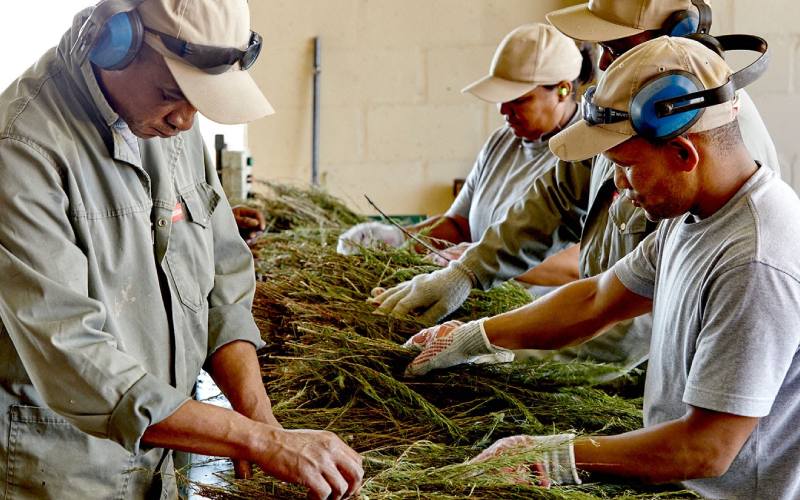
What are the different types of rooibos tea & their benefits?
The nature of the change in colour that rooibos undergoes during the fermentation and drying process (as discussed above), ultimately determines whether the end product is a bright green rooibos tea, or the rich red rooibos tea the world has come to know.
Red rooibos is the traditional and more widely processed form of rooibos, undergoing the production process outlined above, and is beneficial for sleep, reducing stress, and the variety of antioxidants it has to offer.
Green rooibos does not undergo the fermentation process and is dried straight away instead. Green rooibos is said to contain more antioxidants than red rooibos tea and a slightly varying set of health benefits. Overall, the benefits of green rooibos tea and red rooibos tea are quite similar with a few key differences. You can find out more about these differences in our post, The Ultimate Guide to Rooibos Tea & its Benefits.
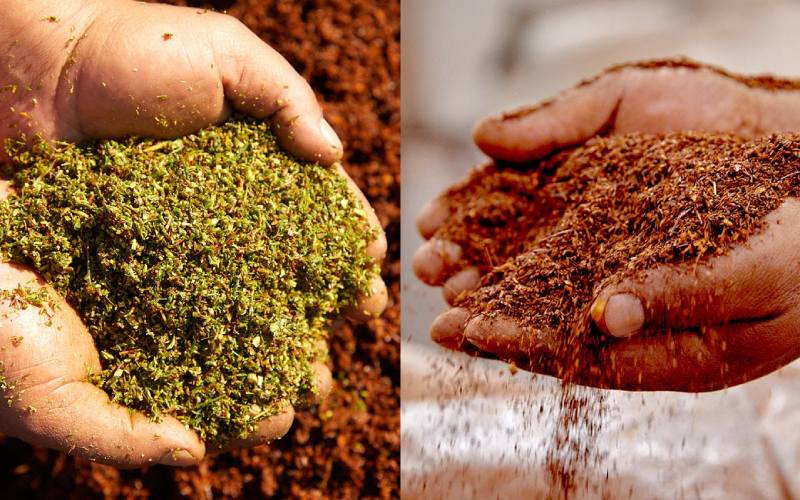
The rooibos industry historically vs the modern-day rooibos marketplace
In the early days when rooibos was collected by the Khoisan, it is assumed that it was used to provide health benefits for the collectors, but at this stage, there wasn’t necessarily a market or industry for the plant.
Botanist Carl Thunberg rediscovered the rooibos plant in 1772 by following in the footsteps of the Khoisan, quickly realising the plant’s amazing benefits as a herbal tea, its woody aroma and naturally sweet taste.
When European settlers arrived in the Cape, they enjoyed rooibos tea as a cheaper, herbal alternative to expensive black teas from the east. 200 years later, a Russian immigrant left his mark on the industry by partnering with his father and producing rooibos on a farm in the Clanwilliam District of the Cederberg. The duo marketed the tea as mountain tea.
As rooibos tea became well known and consumed in South Africa from the 1700s onward, and as cultivation methods were developed and refined in the late 1800s and early 1900s, so the emergence of rooibos production in a recognisable form as we know it today began.
These transitions in history provided the building blocks for rooibos as an ingredient, and with the realisation of the benefits of rooibos tea and its delicious taste, it quickly became a traditional staple as a hot beverage in South Africa.
Today, the industry is composed of a bustling domestic market and the international export market, with a defined value chain.
There are also strict industry regulations and standards relating to the sustainable growth of rooibos, trade of rooibos and employment standards. More information can be found in the SA Rooibos Council’s 2019 Fact Sheet.
As reference to the dynamics of today’s trading landscape, we invite you to read our article ‘The Rooibos Marketplace‘.
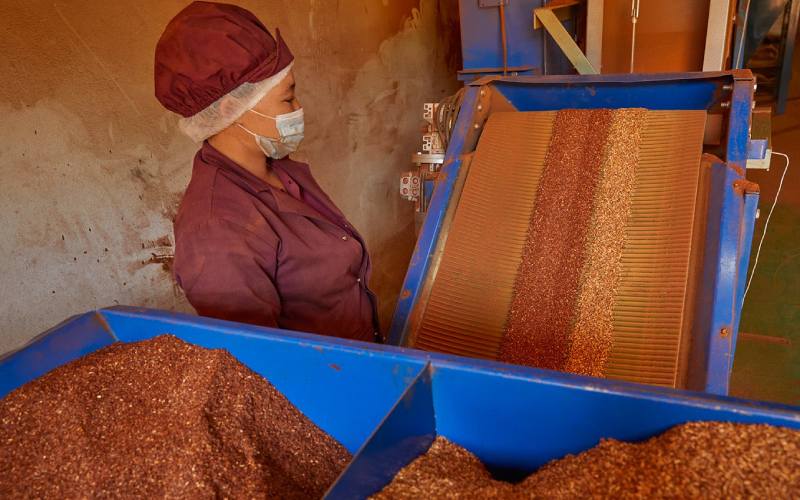
What does the future of Rooibos tea look like?
The future of the rooibos industry appears bright, with a range of opportunities opening up as the product and its various benefits become well-known both locally and internationally. In recent years, rooibos tea exports have climbed as the benefits of this incredible plant are recognised by the international market. As a raw ingredient, Rooibos is also being used more and more in other product spaces like skincare, the beverage industry, and even as a nutricosmetic and health supplement. However, as with all industries at this time, rooibos is not without its own set of challenges.
Annual crop production in 2018 was on the rise, but with 2020 and 2021 presenting uncertain circumstances due to COVID-19, the production and export of rooibos and the industry as a whole will likely need to recover from the challenges faced by both the local and global economy. Beyond the turbulence experienced as a result of the global pandemic, climate change also has a significant part to play in the challenges – and we cover the measures we have taken on our farm in our post Climate Change And Rooibos Irrigation.
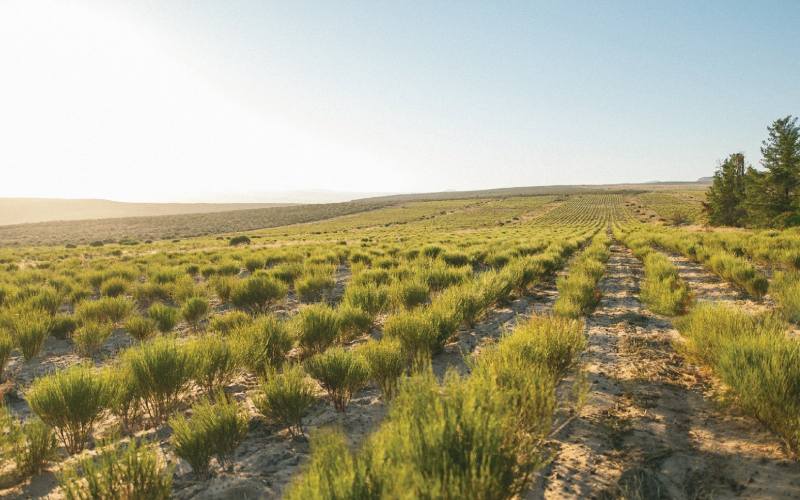
Thanks for coming with us on the journey of the history of rooibos tea – for lovers of botany, and for those interested in digging deeper into the roots of rooibos, we can suggest our article ‘The Botany Of Rooibos‘.
Find a supplier of premium-grade, organic rooibos.
If you’re looking for a high-quality, reputable supplier of premium grade bulk organic rooibos for your products, or tea brand, our farm is the perfect match for your specific needs.
Ours is one of the largest organic rooibos farms in the world. Situated in the Cederberg in South Africa, we supply local and international markets with a range of ethically farmed and organically certified high-quality bulk rooibos products. From long and short cut rooibos to rooibos dust we have a range of products and packaging to suit your requirements and can provide invaluable support in building your value chain and marketing your brand.
For all of your premium, organic bulk rooibos needs, you’re welcome to get in touch with us to discuss how we can assist you.
